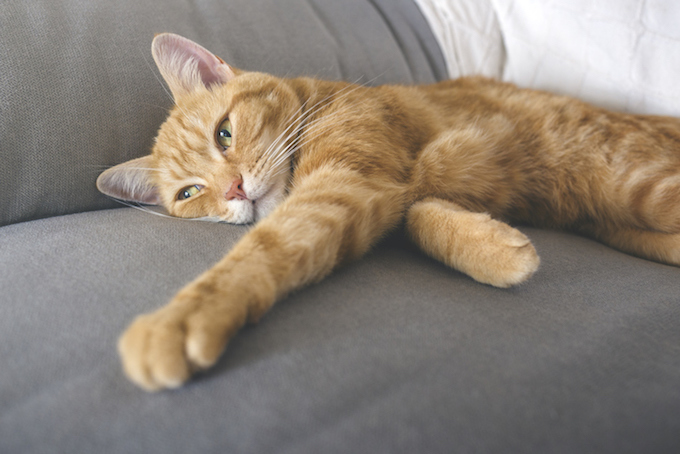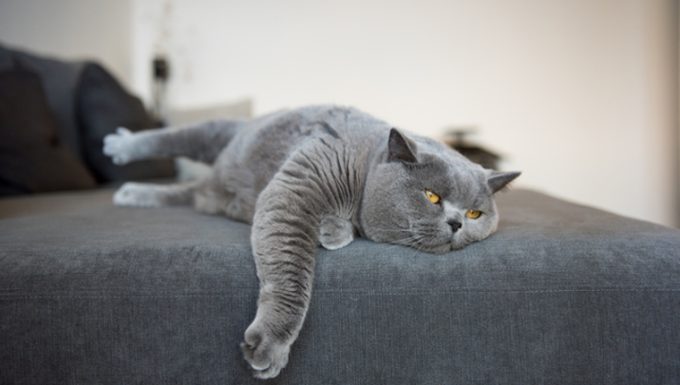Chronic inflammation of the bronchi in cats happens when a cat’s mucous membranes of the bronchi become inflamed. The main symptom is a persistent cough.
The condition is also known as chronic obstructive pulmonary disorder. This is shortened to COPD.
Unfortunately, the exact cause of the condition is hard to determine. But certain breeds including Domestic Shorthairs and Siamese cats are most likely to develop it.
Sadly, there is no cure for the condition. Although medication and diet changes can help to control it.
If you see the signs of chronic inflammation of the bronchi in your cat, then get to a veterinarian for a proper diagnosis and treatment.
Here’s what you should know about the symptoms, causes, and treatments for the condition.
Symptoms of Chronic Inflammation of the Bronchi in Cats
Chronic inflammation of the bronchi produces a number of symptoms. For instance, some of the most common symptoms include:
- Gagging
- Making a wheezing sound
- Fever
- Breathing very fast
- Not being able to exercise normally
- Skin and gums turning blue (cyanosis)
- Losing consciousness
Causes of Chronic Inflammation of the Bronchi in Cats

Unfortunately, the precise cause of the condition is often hard to diagnose. However, the following factors seem to bring it on:
- Immune system issues
- Viral infections
- Bacterial infections
- Asthma
- Environmental pollution (including smoke)
- Heartworm
Additionally, the Siamese and Domestic Shorthair breeds seem most prone to developing the condition.
Treatments for Chronic Inflammation of the Bronchi in Cats
Firstly, your vet will ask about your cat’s symptoms. Environmental factors that might cause the condition will be included in this.
Secondly, your vet will carry out a full physical examination. This will involve listening to your cat’s heart and lungs with a stethoscope.
Thirdly, blood and urine tests will be carried out.
Finally, advanced techniques including X-rays, ultrasounds, and an electrocardiogram might be used to monitor the heart and lungs.
On the one hand, there is no cure for the condition. Management is key.
For instance, some cats might need oxygen therapy to treat the condition. But thankfully, most cats suffering from the condition do not need to be hospitalized.
Instead, medication and diet changes can be used for management.
Antibiotics can treat any infections. As always, stick to the exact dose and frequency instructions your vet gives you. Also, complete the full course of medicine.
Additionally, diet changes can address feline obesity. This often contributes to the condition.
Your vet will help formulate a specific diet for your cat. This will be based on their age, weight, and medical history.
Finally, slowly increasing the amount of exercise your cat gets can also help with the recovery process.
Have you cared for a cat who suffered from this condition? How did your vet help your cat recover? Let us know in the comments section.









